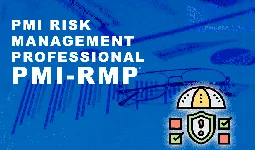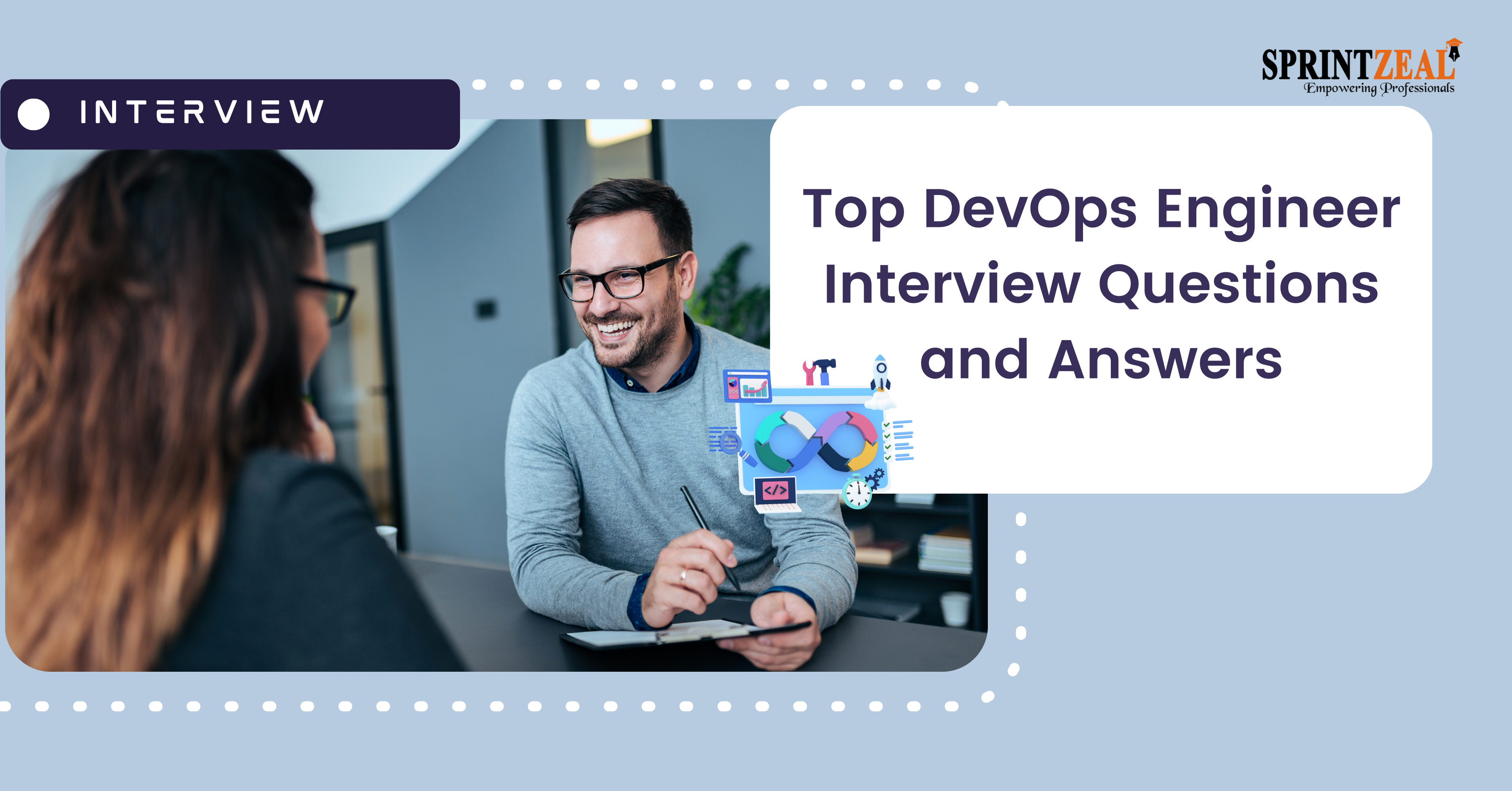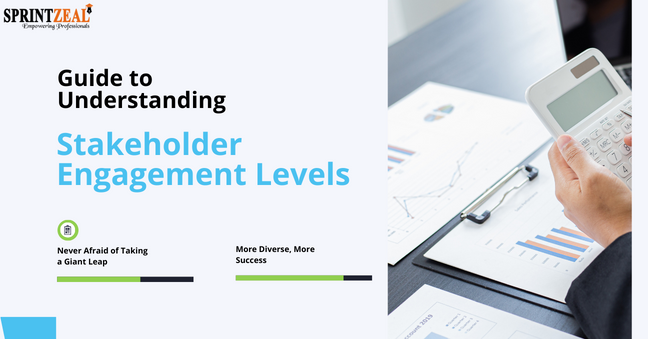What is DevSecOps and its Importance
-
 By Ganesh Babu
By Ganesh Babu - Published on Sep 6 2024

Table of Contents
Guide To Understanding DevSecOps
The software industry is rapidly evolving, and organizations are increasingly using software applications to manage and grow their businesses. Today, we’re exploring what is devsecops, a crucial practice in software development.
Before DevSecOps technology, there was DevOps, which combined cultural philosophies, practices, and tools to help organizations deliver applications quickly. However, teams soon realized that DevOps alone couldn't effectively address security concerns. This is where what is devsecops comes into play.
DevSecOps integrates security into the Software Development Life Cycle (SDLC) from the start. It encourages collaboration between development, operations, and security teams, making security a shared responsibility across the board.
In essence, DevSecOps transforms culture, processes, and tools to prioritize security in software development.
DevSecOps has two common types, which are as follows:
Security as code (SaC)
This hints at the design of security in the gadgets that exist in the DevOps pipeline. And this type suggests computerization over manual cycles. SaC collects the use of static assessment gadgets that check the sections of code that have changed, instead of dividing or separating the entire code base. Security as code is a principal of the DevOps instrumental chains and work measures. The assessment gadgets and their automation should fit inside the continuous delivery structure.
Infrastructure as code (IaC)
It portrays the course of action of DevOps gadgets used to plan and refresh establishment parts.
IaC uses tools like Chef, Puppet; models fuse Ansible, etc. to fill the place of some other system tool when an issue takes place.
IaC incorporates comparative code progression rules to direct assignment structure and to make changes.
How Does DevSecOps Work?
DevSecOps is enabled automation throughout the software delivery pipeline. Where it eliminates errors and reduces risks and attacks.
For teams and business organizations looking for integrated security, the DevOps framework acts as a very good system protector.
Workflow of DevSecOps,
- A developer creates code within a version control management system. The whole code is contained within this management system.
- Changes can happen or could be made to the version of a control management system. These changes are contained within the management system.
- To detect security or bugs in code another developer will take charge to retrieve the code from the control management system and analyze it before doing any further changes.
- Using a tool an environment is created, for example, Chef. Through which an application will be deployed and security configurations will be applied to the system.
- Newly deployed applications, back-end, UI, integration, security tests, and API will be executed with a test automation suite for better outcomes.
- If the product or an application passes these tests then the product will be deployed to the production environment.
- Production will be then monitored continuously to identify if any security threats take place in the system.
Suggestion: Read more about DevOps and its Tools.
Importance Of DevSecOps
DevSecOps is important as it provides security in the SDLC earlier on purpose. When developing a product with security as code one needs to keep in mind to fix all the errors and vulnerabilities of the product and then deploy it into the production house for release.
This way effective products could be released into the market. With DevSecOps and security will help to perform tasks earlier effectively. Organizations in different fields of industries can implement DevSecOps to archive between development, security, and operations so they can release robust software with high-security functions.

DevSecOps is adopted by some of the following industries,
Automotive: DevSecOps reduces the lengthy process to ensure the software compliance standards like MISRA and AUTOSTAR are guided properly.
Healthcare: DevSecOps enables digital transformation efforts and maintains the privacy and security of sensitive patient data with regulations such as HIPPA.
Financial, retail, and e-commerce: DevSecOps ensure the OWASP top 10 web application security risks are addressed and PCI DSS data privacy and security compliance transactions among consumers, retailers, financial services, etc. are maintained.
And some of the service providers have adopted DevSecOps for system security. Some of the leading companies like AWS have DevSecOps, Microsoft Azure DevSecOps, and Verizon.
Embedded, networked, dedicated, consumer, IoT devices: DevSecOps enables developers to write and secure code that will help to minimize dangerous software errors.
What are the Key Components of DevSecOps?
The following components can be included in DevSecOps techniques,

Application/API Inventory
Automate the revelation, profiling, and constant checking of the code across the portfolio. That may incorporate code creation in server farms, virtual conditions, private and public mists, holders, etc.
A mix of mechanized disclosure and self-stored data are utilized. Reported devices will assist you by distinguishing what APIs you contain, and empower your applications to stock metadata to a focal data set.
Custom Code Security
Continuous screen programming will take place to detect weaknesses through testing and performing needed tasks.
Coding regularly will help to detect weaknesses and recognize the updates that need to be added to the system.
Custom code security contains three application security testing applications, these three application security testing tools each serve a different purpose and have to be used accordingly.
- Static Application Security Testing (SAST)
- Dynamic Application Security Testing (DAST)
- Interactive Application Security Testing (IAST)
Open-Source Security
Open-source security (OSS) regularly analyzes security weaknesses. Checking security weaknesses in an open-source program is just as it can have a lasting impact on a large set of people.
Hence, a total security approach incorporates an answer to track OSS libraries, reports, and breaches.
OSS contains software composition analysis (SCA) to computerize clear data into open-source programming to keep errors and attacks out of the system. This helps address the security weakness of a given system.
Runtime Prevention
Here data is protected during run time compilation. Any of the data that is found weak or applications is inherited; the data will not be used for development.
Runtime Application Self-Protection (RASP) is used to implement applications, where it will help to get rid of data that is affecting the system.
Compliance monitoring
Compliance monitoring focuses on monitoring the system. It protects and keeps the system in a steady condition for GDPR, CCPA, PCI, and so forth.
Cultural factors
It helps to identify the security needs of engineers, organizations, non-government, institutions and individuals, and so on.
What is the DevSecOps Culture?
The DevSecOps culture fosters cooperation throughout the software lifecycle between the development, security, and operations teams. It highlights shared responsibility for security and includes security into all stages of development. This approach enhances communication, enables quick identification of vulnerabilities, and supports continuous improvement, ensuring security is prioritized alongside speed and efficiency.

What are common DevSecOps tools?
The Common DevSecOps tools include:
SAST Tools: SonarQube and Checkmarx for analyzing source code vulnerabilities.
DAST Tools: OWASP ZAP and Burp Suite for testing running applications.
Container Security Tools: Aqua Security and Twistlock for securing containerized applications.
IaC Security Tools: Terraform and AWS CloudFormation for managing cloud infrastructure.
CI/CD Tools: Jenkins, GitLab CI, and CircleCI for integrating security checks in development workflows.
These tools automate security processes, maintaining standards throughout development.
What is DevSecOps in agile development?
Agile development using DevSecOps integrates security into each sprint, giving it equal status with functionality and speed. Teams can conduct ongoing assessments, address vulnerabilities in real-time, and promote cooperation between operations, security, and developers with this approach. Ultimately, it supports a more responsive agile process, delivering secure and high-quality software.
How can AWS support your DevSecOps implementation?
AWS supports DevSecOps with tools and services that enhance security and streamline processes, including:
AWS CodePipeline: Automates CI/CD workflows with integrated security checks.
Amazon Inspector: Conducts automated security assessments for applications.
AWS Security Hub: Centralizes security alerts and compliance statuses.
AWS IAM: Manages user access and permissions for sensitive resources.
Amazon GuardDuty: Provides continuous threat detection across AWS accounts.
These offerings help maintain a secure environment throughout the development lifecycle.
Advantages of DevSecOps
The two main benefits of DevSecOps are speed and security. The main aim behind DevSecOps is to develop a secure system to get rid of risks. The benefits of adopting DevSecOps into your system will help.
Increase in Rapid, practical programming transfer
Writing computer programs in a non-DevSecOps environment will provoke huge time delays. Fixing the code and security issues can be drawn-out and expensive.
By adopting a DevSecOps environment, speedy secure transport, time, and expenses can be managed.
DevSecOps is capable to monitor the system's security and eliminating duplicative and pointless data to achieve more secure data.
Improved proactive security
DevSecOps provides network security measures from the start of the improvement or development cycle.
Throughout the cycle, code is assessed, analyzed, checked, and set to identify the security issues. Those issues are monitored when they are recognized by the system.
Security issues will be fixed before another issue takes place. Errors become more reasonable to fix when protective development is recognized and stolen out immediately from the cycle.
Accelerated security weakness fixing
An essential advantage of DevSecOps is that it coordinates faster with security weaknesses. Security weaknesses are taken very seriously in a DevSecOps environment.
As it combines deficiency and take a look over it and then fixing it into transport cycle, to know the capacity and fix standard defects.
Automation viable with the current turn of eventsAssociation security testing can be made into a modernized test suite for practices and social affairs.
To know if a connection utilizes a reliable trade-off development pipeline to send their data or product.
Computerization of safety checks relies fearlessly on the endeavor and different evened-out targets.
Modernized testing can guarantee set programming conditions are at genuine fixed levels, and declare that thing passes security unit testing.
A repeatable and versatile cycle
DevSecOps fits repeatable and adaptable cycles. This ensures that security is applied dependably across the environment.
New necessities will be added to make effective changes in the environment. To make execution effective DevSecOps has solid computerization, association, compartments, constant establishment, and surprising serverless interaction conditions.
Security tools of DevSecOps
To implement DevSecOps organizations should consider a variety of application security testing tools to integrate within various stages of their CI/CD process commonly used AST tools include.
These varieties of application security testing tools each serve a different purpose and must be used accordingly. These AST tools are to be used as per requirements.
Static application security testing (SAST)
SAST tools scan registered or custom code for coding errors and design flaws that could lead to exploitable weaknesses. SAST tools help us identify vulnerability within a system.
In simple terms, this application security testing helps to filter the application’s source documents, strictly distinguishes the operations, and rectifies the fundamental security imperfections.
Software composition analysis (SCA)
SCA tools such as Black Duck® scan source code is used to identify known errors in open source and third-party components.
They also provide insights into security and risks to accelerate prioritization and remediation efforts.
Interactive application security testing (IAST)
IAST tools work in the backend of the system during manual or automated functional tests to analyze web applications. IAST tools are primarily deployed on the internet to check the integration of applications.
It gives accurate outputs by implementing the application with help of experts and sensors to break down cyber-attacks taking place in the application/software.
Data flow and system conditions will be managed through coding.
Dynamic application security testing (DAST)
DAST is an automated opaque box testing technology that mimics how a hacker would interact with your web application or API.
In simple terms, it helps to control data breaches on a running web application or administration. The recognized error will be exploited in running conditions.
DAST tools do not require access to source code or customization; they find errors with a low rate of false positives.
Learn about IT security and get CISSP Certification through Sprintzeal.
DevSecOps Best Practices
DevSecOps integrates security throughout the development process. Here are key best practices:
1) Shift Left
The "Shift Left" approach prioritizes security from the beginning, allowing teams to identify vulnerabilities early and strengthen overall product security.
2) Security Training
Organizations should provide clear security guidelines to ensure all team members understand protocols. This fosters a culture of security across development, operations, and compliance.
3) Foster a Collaborative Culture
Encouraging open communication and ownership among team members is vital. When developers and operations staff feel empowered, they contribute more effectively to security.
4) Enhance Traceability, Auditability, and Visibility
- Traceability: Track code changes to improve accountability and compliance.
- Auditability: Implement processes for easy auditing of security controls, essential for regulatory compliance.
- Visibility: Ensure all team members understand security practices, enabling better monitoring and improving overall security.
By adopting these best practices, organizations can establish a strong DevSecOps framework that enhances security and delivers high-quality software.
Conclusion
DevSecOps is advanced software stimulation. It helps to discover better ways to work with cyber-attacks. It upholds definitive improvement as workplaces work agreeably instead of outlining opposing associations. Overall, DevSecOps empowers an organization to take a proactive approach to security. It encourages software developers to integrate security into their work. To learn more about our DevSecOps Foundation Training, please visit our all courses page. Additionally, subscribe to our newsletter for the latest updates and insights in the field. For course assistance, contact us.
Frequently Asked Questions
Why is secure DevOps important?
When security is connected to the development process, teams can find and address vulnerabilities earlier, which is why Secure DevOps is so important. Through improving the overall delivery of secure software, this integration assures regulatory compliance, and security of applications and encourages customer confidence.
Why is DevSecOps important to DoD?
The Department of Defense (DoD) heavily relies on DevSecOps because it can quickly and effectively address vulnerabilities by combining security into software development. This methodology assures the prompt implementation of safe software, augmenting both national security and inter-team cooperation.
Which of the following is an advantage of DevSecOps?
One benefit of DevSecOps is that it inspires advancement, operations, and security teams to share responsibility for security. Next to each other, we can find and fix security vulnerabilities more quickly, creating compliant and high-quality software.
What is an example of DevSecOps?
A CI/CD pipeline that combines automated security testing illustrates DevSecOps. For example, tools can automatically check code pushed to a repository for vulnerabilities, alerting developers to fix issues before deployment and assuring safe software delivery.
Subscribe to our Newsletters
Popular Programs
PSM® - Professional Scrum Master Certification
Live Virtual Training
- 4.3 (75 + Ratings)
- 9k + Learners
Trending Posts
DevOps Engineer Interview Questions - Best of 2024
Last updated on Feb 6 2024
DevOps Vs Agile Differences Explained
Last updated on Nov 18 2022
Stakeholder Engagement Levels Guide
Last updated on Sep 16 2024
Why Should You Consider Getting a Scrum Master Certification?
Last updated on Feb 13 2024
CSM vs. PSM - Which Scrum Certification is Better?
Last updated on Mar 14 2023
Essential Tools for Agile Project Management 2024
Last updated on Mar 15 2024
Categories
- Agile Management 54
- AI and Machine Learning 42
- Big Data 53
- Business Management 51
- Cloud Computing 44
- Digital Marketing 56
- Information Security 8
- IT Hardware and Networking 17
- IT Security 103
- IT Service Management 29
- Leadership and Management 1
- Microsoft Program 2
- Other 43
- Programming Language 31
- Project Management 162
- Quality Management 75
- Risk Management 8
- Workplace Skill Building 2
Trending Now
List Of Traits An Effective Agile Scrum Master Must Possess
ArticleDevOps Vs Agile Differences Explained
ArticleDevops Tools Usage, and Benefits of Development Operations & VSTS
ArticleAgile Scrum Methodology - Benefits, Framework and Activities Explained
ArticleGuide to Agile Project Management 2024
Article10 best practices for effective DevOps in 2024
ArticleGuide to Becoming a Certified Scrum Master in 2024
ArticleWhy Should You Consider Getting a Scrum Master Certification?
ArticleCSM vs CSPO: Which Certification is Right for You?
ArticleAgile Manifesto - Principles, Values and Benefits
ArticleAgile Methodology Explained in Detail
ArticleAgile Project Management Explained
ArticleEssential Tools for Agile Project Management 2024
ArticleEverything about Scrum Methodology
ArticleScrum Workflow - A Step by Step Guide
ArticleLatest Agile Interview Questions and Answers To Look For In 2024
ArticleScrum Interview Questions and Answers 2024
ArticleTop Scrum Master Responsibilities 2024 (Updated)
ArticleProduct Life Cycle in Marketing: Essential Strategies for Product’s Success
ArticleDevOps Engineer Interview Questions - Best of 2024
ArticleDevOps Engineer - Career path, Job scope, and Certifications
ArticleBusiness Agility Guide - Importance, Benefits and Tips
ArticleScrum vs Safe – Differences Explained
ArticleCSM vs. PSM - Which Scrum Certification is Better?
ArticleSAFe Implementation Roadmap Guide
ArticleAgile Release Plan Guide
ArticleAgile Environment Guide
ArticleAgile Coaching Guide - Best Skills for Agile Coaches
ArticleAgile Principles Guide
ArticleSAFe Certifications List - Best of 2024
ArticleAgile Prioritization Techniques Explained
ArticleScrum Ceremonies Guide
ArticleProduct Owner Certifications List
ArticleScrum of Scrums Guide
ArticleData Processing - A Beginner's Guide
ArticleDevOps Career Guide 2024
ArticleStakeholder Engagement Levels Guide
ArticleScrum Master Career Path Explained
ArticleScrum Career Path Explained
ArticleTop Git Interview Questions and Answers [Updated 2024]
ArticleA guide to Agility in cloud computing
ebookProduct Roadmap: An Ultimate Guide to Successful Planning and Implementation
ArticleDMAIC Methodology - The Ultimate Guide
ArticleProduct Life Cycle Strategies: Key to Maximizing Product Efficiency
ArticleScrum Master Salary Trends in 2024
ArticleProduct Life Cycle Model: A Guide to Understanding Your Product's Success
ArticleWhat is a Product Owner - Role, Objectives and Importance Explained
ArticleSuccessful Product Strategies for Introduction Stage of Product Life Cycle
ArticleUnlocking Career Opportunities in Product Management: Your Roadmap to Success
ArticleSaturation Stage of Product Life Cycle: Complete Guide
ArticleCutting-Edge Technology of Google Cloud
ArticleHow to Write an Executive Summary for a Business Plan?
ArticleImportance of Procurement Management Software in Modern Business
Article
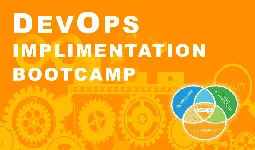
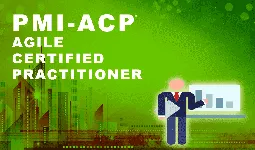
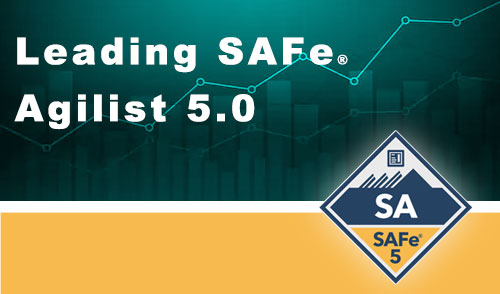
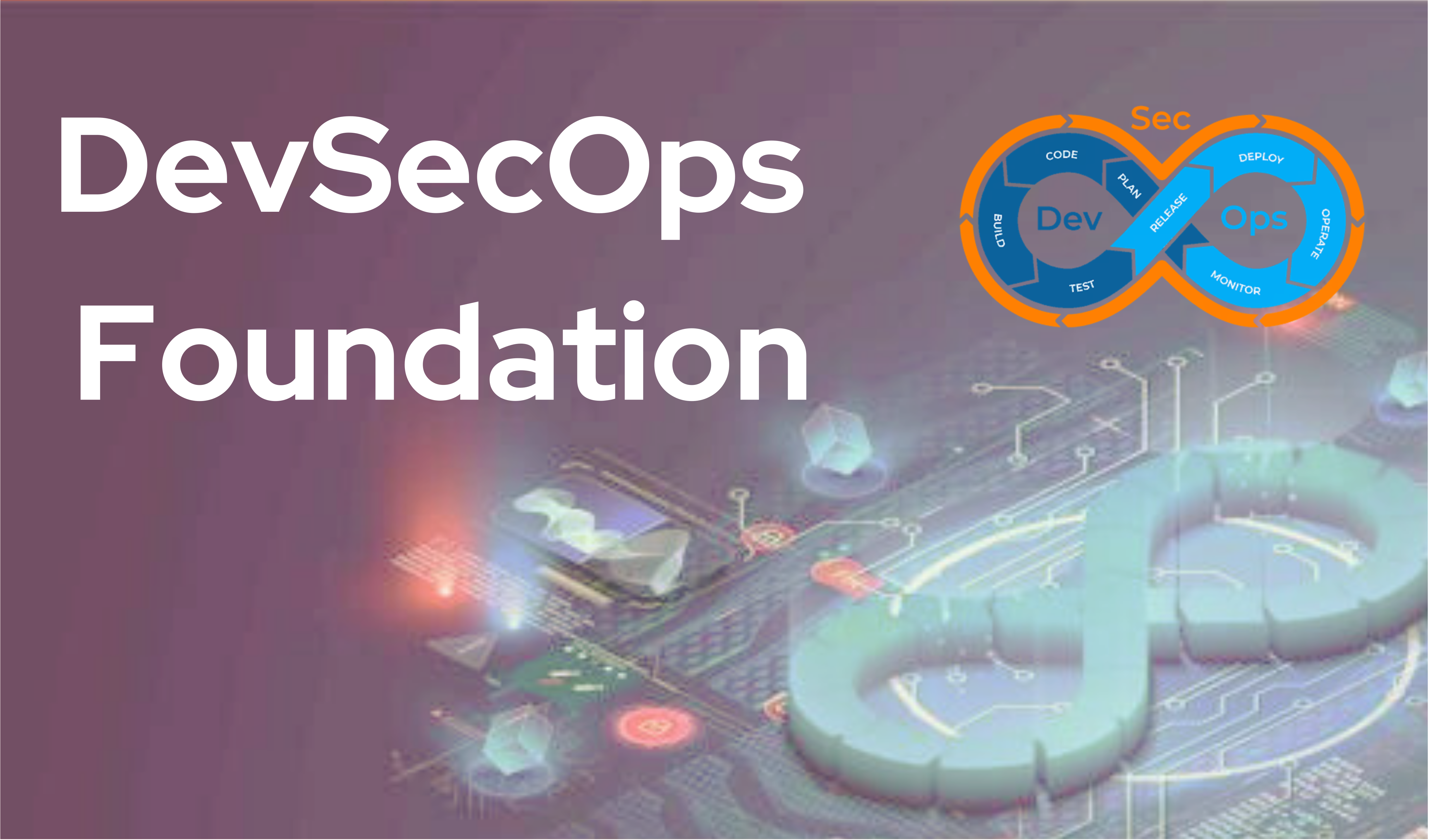

.webp)

